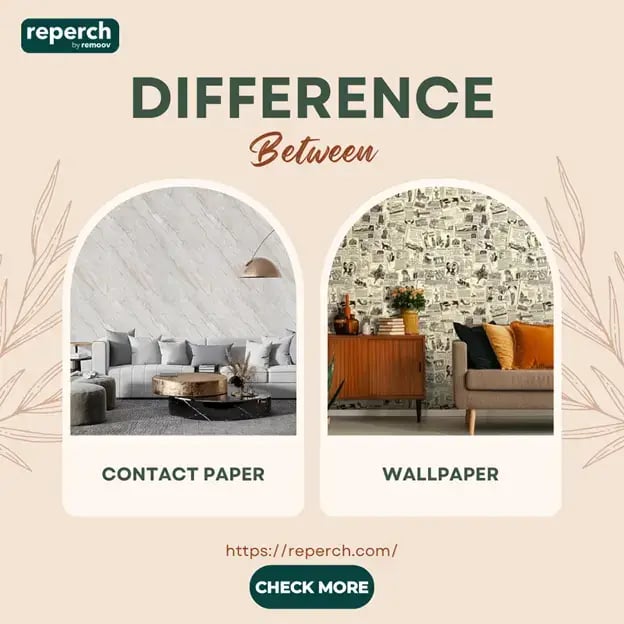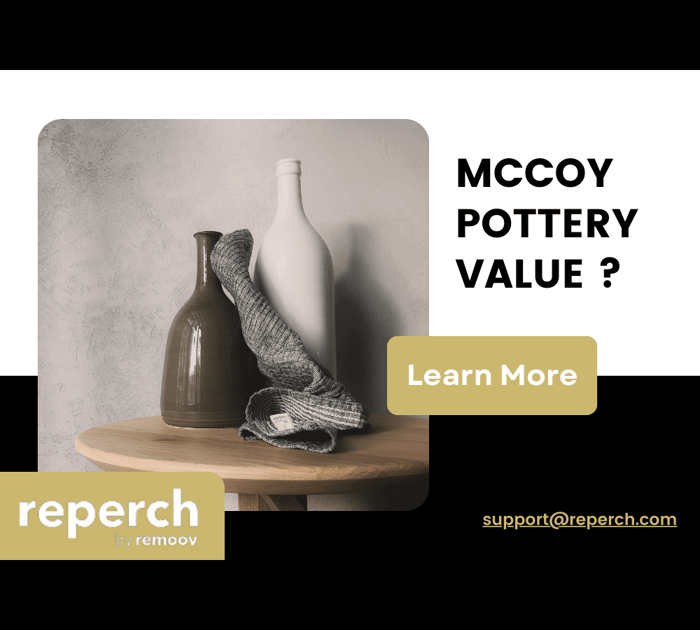When it comes to redecorating and the difference between contact paper and wallpaper, both contact paper and wallpaper offer exciting opportunities to transform your space. However, these two materials, while similar in their use for wall coverings, differ significantly in composition, application, and versatility.
This comprehensive guide will dive deep into what sets contact paper apart from wallpaper, helping you make an informed decision for your next home improvement project.
Understanding Contact Paper and Wallpaper
Before delving into their differences, it’s essential to understand what each material is and its typical uses.
Contact Paper:

Contact paper is a self-adhesive covering often used for lining shelves or covering countertops, cabinets, and other furniture. It consists of a decorative surface on one side and a sticky, adhesive layer covered by a peel-off backing on the other. People favor contact paper for its ease of application and removal, making it a popular choice for temporary or semi-permanent projects.
Wallpaper:
Residential and commercial spaces primarily use wallpaper as a decorative material for wall decoration. Typically, we sell it in rolls and apply it to walls using paste, either pre-applied or added during installation. Wallpaper comes in a vast range of designs, textures, and materials, including vinyl, fabric, and even eco-friendly options like bamboo.
Key Differences Between Contact Paper and Wallpaper
Material and Durability
Contact Paper:
Contact paper, made from vinyl or a vinyl-like material, provides a long-lasting and water-resistant surface. It can last several years but may peel or discolor if exposed to excessive heat or moisture.
Wallpaper:

Wallpaper's durability depends on its material. Vinyl wallpapers are moisture-resistant and durable, while traditional paper wallpapers can be more susceptible to damage. Fabric wallpapers offer a luxurious feel but require careful maintenance.
Application and Removal
Ease of Installation:
Contact paper is generally easier to install due to its adhesive backing. Without the need for additional adhesives, you can cut it to size, peel it, and stick it directly onto a clean, dry surface.
Wallpaper Installation:
Installing wallpaper can be more labor-intensive. It typically requires precise measurement and cutting, paste application, and careful alignment to ensure patterns match across seams. Some modern wallpapers are "peel and stick," making them as easy to install as contact paper but typically more durable.
Removal:
You can remove contact paper relatively easily by peeling it off. The process may leave some adhesive residue, which you can clean with soapy water or an adhesive remover. Wallpaper removal, especially if not designed as removable or peel-and-stick, can be more challenging and may require a steamer or special solvents.
Cost Considerations
Contact Paper:
Generally less expensive than wallpaper, contact paper is an economical option for small projects or temporary changes.
Wallpaper:
The cost of wallpaper varies widely based on the material and design. Although high-quality or designer wallpaper can be quite costly, its durability and impact on a space often make it a long-term investment.
Choosing Between Contact Paper and Wallpaper
When to Choose Contact Paper:
● You need a quick, affordable update.
● You’re renting and need a temporary solution.
● You want a DIY project that’s easy to change later.
When to Choose Wallpaper:
● You’re looking for a durable solution for high-traffic areas.
● You want a wide range of textures and designs.
● You're decorating your own property and want a long-term solution.
Conclusion
Choosing between contact paper and wallpaper depends on your specific needs, your budget, and the permanence of your project. Contact paper offers a quick and reversible option for decorating, making it ideal for temporary or seasonal themes. Wallpaper, on the other hand, provides a more permanent solution with a vast array of styles and textures that can significantly impact a room’s aesthetics.
FAQs About Contact Paper and Wallpaper
What is easier to apply contact paper or wallpaper?
Contact paper is generally easier to apply, thanks to its adhesive backing.
Can wallpaper be as temporary as contact paper?
Peel-and-stick wallpapers offer a temporary solution similar to contact paper, though traditional wallpapers are more permanent.
Is contact paper cheaper than wallpaper?
Yes, contact paper is typically less expensive than wallpaper, making it suitable for budget-friendly projects.
How do you remove wallpaper without damaging the wall?
To soften the adhesive, use a steamer or wallpaper removal solution, and carefully scrape the paper off with a putty knife.
Understanding the difference between contact paper and wallpaper can help you choose the right material for your redecorating projects, ensuring both satisfaction and style in your home improvements.








